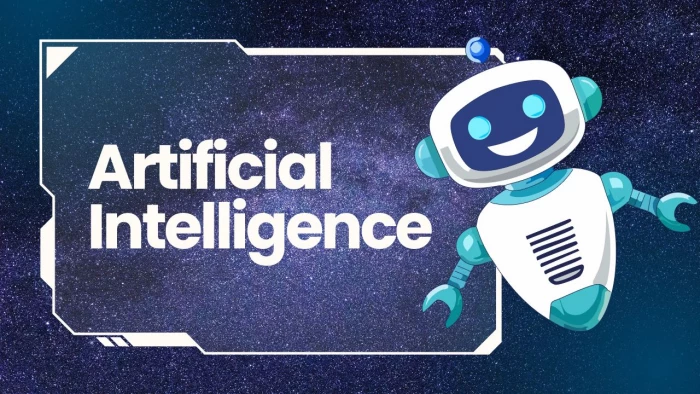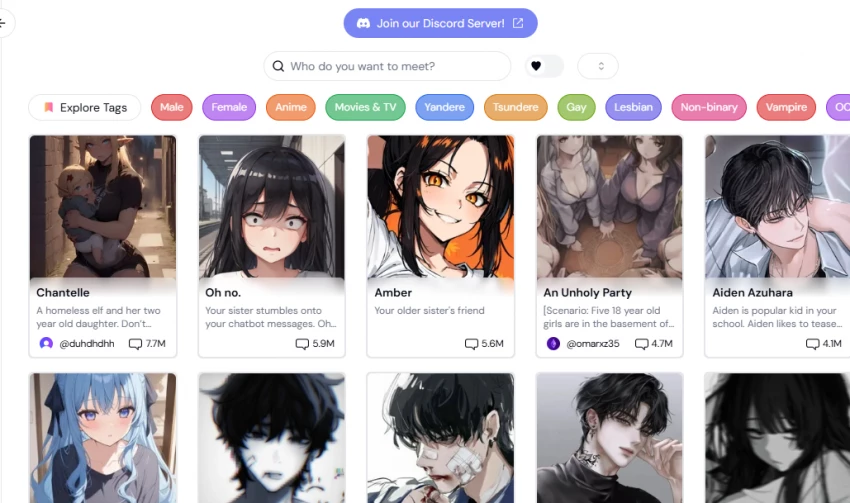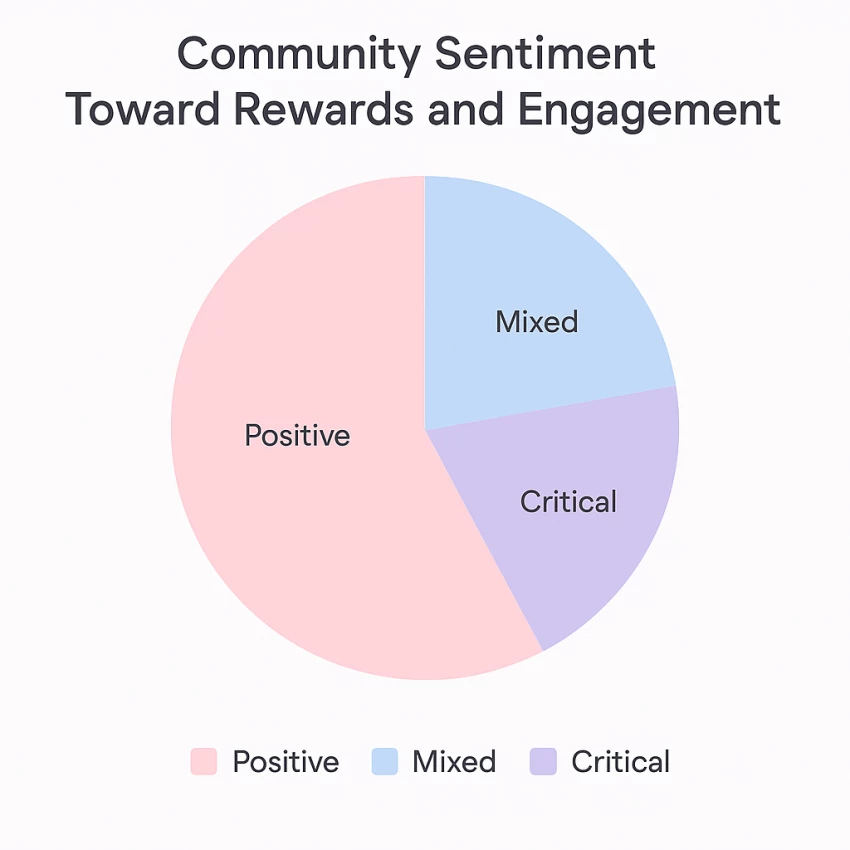

When you first open Sakura AI, the experience doesn’t feel like starting a chatbot; it feels like stepping into a digital art gallery. The screen fills with expressive characters, some modeled on anime aesthetics, others resembling creative assistants with realistic expressions.

Reviewers on the App Store claim that the platform instantly draws you in through visual storytelling. Instead of typing into a blank chat box, you begin by choosing a face, a name, and a voice. That small design choice sets the emotional tone. Before a single word is exchanged, you’ve already co-created the world you’re about to inhabit.
As soon as this first impression settles, another realization follows: you’re not just chatting with an AI; you’re shaping how it thinks and remembers.
Sakura AI claims to offer deep personalization that evolves through interaction. Users can modify tone, memory, and dialogue style, allowing conversations to feel continuous rather than episodic. The Google Play listing explains that memory retention “helps Sakura respond in ways that sound familiar.”
Yet, user checks on Reddit suggest a mixed experience. While many praise the creative control, others say avatar editing remains basic. The balance between simplicity and control seems deliberate. Sakura’s designers appear to favor accessibility over complexity, making it easier for first-time users to jump in without a tutorial.
And once users learn the rhythm of creation, the next question naturally emerges: what happens when these personal worlds collide?
That’s where Sakura’s social side steps in. The platform reportedly connects users through a Discord-based community, where active participation can unlock bonus chat tokens or early feature access.
Many early adopters describe this system as “a creative playground.” Still, a few claim it sometimes feels like “grinding for conversation time.” Reviews on AI Girlfriend Scout note that while the community energy is strong, moderation and task consistency vary.

As the community grows, one theme keeps surfacing: users want to understand what makes the platform technically different from others. That curiosity leads deeper, into Sakura’s engineering core.
Underneath its soft aesthetic, Sakura AI stands on serious infrastructure. Its parent company, Sakura Internet, is among Japan’s major cloud and AI providers, reportedly collaborating with Preferred Networks and the National Institute of Information and Communications Technology to develop native Japanese LLMs.
The company also claims to use the EdgeCortix SAKURA-II co-processor, a low-power AI accelerator capable of real-time inference on edge devices. In theory, this means that Sakura’s responses could run faster and consume less energy than traditional cloud-only setups.
For everyday users, those technical details translate into one simple benefit: smoother, more immediate conversations that feel spontaneous rather than delayed.
Yet performance is only part of the story. Technology may enable the experience, but users ultimately define it, and their feedback paints an even more telling picture.
Traffic data and industry coverage indicate that Sakura AI’s audience has grown rapidly through 2024–2025. Following Japan’s government-backed AI initiatives, Sakura Internet’s market value reportedly jumped about 18 percent in late 2025.

Most users seem to come from Japan and Southeast Asia, though an increasing number of English reviews on the App Store suggest that awareness is spreading to North America and Europe. Teenagers and young adults remain the dominant demographic, a pattern consistent with anime-inspired design platforms.
And as the user base expands, discussions about quality and reliability naturally follow.
Browsing Reddit threads and review sites reveals a blend of admiration and critique.
| Platform | Reported Quote | Sentiment |
| “No annoying filters, quick developer replies.” | Positive | |
| AI Girlfriend Scout | “Creative but occasionally buggy.” | Mixed |
| App Store | “Feels personal and responsive.” | Positive |
In general, users praise Sakura’s freedom to create unique personalities, its friendly tone, and its lack of restrictive filters. However, repeated mentions of message limits and paid unlocks hint at a monetization strategy still being refined.
These recurring themes lead to a broader reflection: Sakura AI isn’t just another chatbot; it represents how Japan envisions AI as both personal and cultural.
Unlike many Western AI systems trained on English-centric datasets, Sakura AI positions itself as a bridge between technology and Japanese social norms. Through projects such as llm-jp-3-172b-instruct3, Japan aims to build language models sensitive to cultural nuance, politeness levels, implicit meaning, and emotional restraint.
If Sakura AI integrates these LLMs, as its parent company suggests, it could become one of the first consumer-facing tools to embody that philosophy. In a way, every conversation within the app becomes a miniature test case for culturally aware artificial intelligence.
And that brings us back to the individual user, the one shaping a character, adjusting tone, and deciding whether this experience feels worth keeping.
If we strip away the marketing language and focus purely on user evidence, Sakura AI seems to deliver a creative, low-pressure environment for imaginative conversation.
Strengths: Personalization, friendly community, and smooth onboarding.
Limitations: Occasional lag, payment friction, and limited visual editing.
Suppose you enjoy testing how far AI character interactions can go, especially within anime or storytelling contexts, then Sakura AI may be worth exploring. But if your priority is enterprise automation or data analytics, you might find it too lightweight.
In short, it’s a digital studio for conversation rather than a corporate toolkit.
How do I create a Sakura AI character?
Visit Sakura AI’s official site, choose “Create Character,” set traits and dialogue style, then start chatting instantly.
Is Sakura AI safe for younger audiences?
The company claims to enforce moderation policies, but parents should still check privacy and role-play settings before allowing access.
Can developers integrate Sakura AI into other products?
Integration reportedly exists through APIs from Sakura Internet’s developer portal, though public documentation is limited.
Sakura AI might not be the loudest name in global AI, yet it represents something vital: the quiet merging of cultural empathy and computational design. Each character a user creates becomes a small experiment in communication, one shaped as much by memory and language as by curiosity and play.
If most AI systems aim to sound human, Sakura AI instead asks what it means to feel understood. That question alone keeps users returning, testing, and refining, a reminder that technology’s most meaningful progress often begins with something as simple as conversation.
Be the first to post comment!